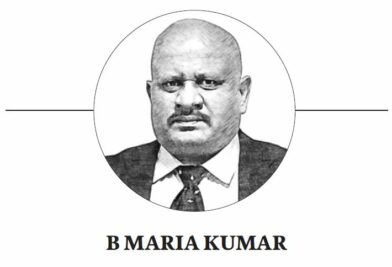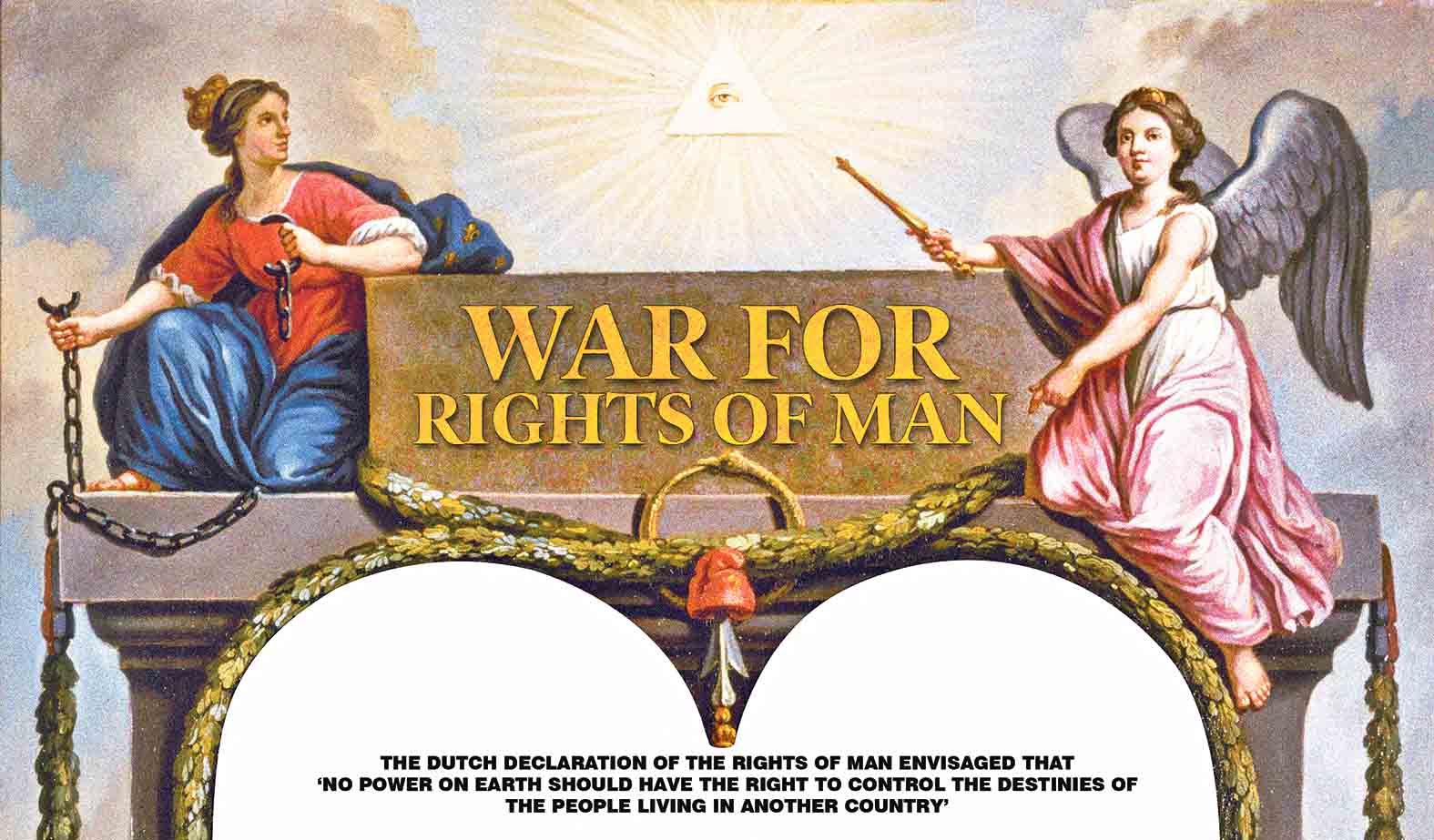Opinion: Policing by ethically designed technologies
Technologies, if utilised justly, can guide police to adopt socially considerate and accountable behaviour

By B Maria Kumar
If asked to summarise the essence of policing, I would distil it into three words: deeds, needs and feeds. In simple terms, this means that deeds are the good actions taken by police to solve people’s problems and the good deeds rely on needs like the right tools, procedures and techniques. Needs also include resources and support among other things, required to perform those deeds rightly and effectively. The feeds represent grievances, insights and feedback obtained from people’s expectations, aspirations and the challenges they face in their daily lives in order to be safe and secure.
This understanding is clearly evident in the recent Nobel Prize (2024) announcements for physics and peace, which emphasise the urgent imperative to better the human condition amidst already escalated global tensions because of the increasingly artificial intelligence (AI)-powered warfare and criminal operations by organised gangs. It also reflects the surging volatile landscape across the world where rapidly proliferating innovative technologies, while offering great potential, contribute at the same time to intensifying uncertainty and societal strains; requiring enhanced policing to ensure peace, safety, harmony and social stability.
Protective Force
Hence, the police are seen as a dependable protective force for the public within society. With the responsibility of maintaining an orderly and peaceful society, police officers hold significant authority under the law, allowing them in good faith, to intervene in the freedoms of citizens when necessary. The impact of their actions is largely based on how sensibly and judiciously they carry out their duties. When their methods are in line with legal provisions, ethical values and moral principles, it benefits society as a whole. However, if they fail to respect the rights of individuals, the sanctity of humanity can be put at risk.
If individuals coordinate their actions with humanistic principles, the technologies they create or apply will also embody those ideals
Additionally, police officers are given discretion by law, with the expectation that they will make sound decisions to improve service to the public. For example, in cases where cognizable offences need to be prevented or civil force may be used to disperse unlawful assemblies, police officers are entrusted with a wide range of powers to apply their discretion. However, dilemmas arise in how police use legal tools, either forensic or public order technologies at their disposal, during investigations, searches, seizures, arrests, interrogations, or even traffic regulations.
If applied carelessly or without due diligence, these technologies can raise serious concerns about the very essence of human life, touching on fundamental aspects such as privacy, liberty and free will. Such incidents will not only cast the police in a negative light but also lead the public to lose confidence in both the effectiveness of the law and the positive potential of technology. As a result, police behaviour will be scrutinised by society from multiple perspectives, causing significant harm to police image, reputation and trustworthiness.
Valuable Solutions
It is in this critical area that Linda B Louis, an Indian human rights law specialist at Leiden University in the Netherlands, offers valuable solutions with a more optimistic view. She explores how technologies, if utilised in an ethical manner, can guide police to adopt socially considerate and accountable behaviour, defending the privileges and freedoms of the citizens.
Given the contrasting dimensions surrounding the application of technologies in various aspects of human existence, ranging from Stephen Hawking’s earlier warnings to Geoffrey Hinton’s recent cautions and Louis’ workable, result-oriented remedies; it is essential for individuals to understand that technology calls for both vigilance and positive action. Manifold technological systems mirror the intentions of their creators in how they are used. The quality of their work is contingent on whether the datasets used correspond with human values and whether their design is rooted in human safety, welfare and betterment.
Persuasively Designed Tech
Quite relevant in this context is Louis’ insistence on the persuasively designed technologies to guide police behaviour. Her doctoral thesis, ‘Towards Better Policing – Achieving Norm Internalization and Compliance with Persuasively Designed Technology’, published in September 2024, delves into how technology can help police officers act ethically while engaging with and addressing people’s problems.
A key theme in her work is norm internalisation, where smart tools encourage officers to cultivate lasting moral standards such as service orientation, empathy, virtue, accountability and fairness. She highlights that behavioural change becomes easily achievable if the technology itself is crafted with righteous purposes. Though Louis’ research study primarily handles sexist and racist issues during police officers’ interactions with the public, the approaches she suggests for nurturing ethical behaviour can be applied in other settings as well.
She believes that her research is best suited to advanced technology available in developed countries, but she is confident that similar trends are emerging in some Indian metropolitan areas too. For instance, her research highlights the use of persuasively designed wearable devices and smartphone apps connected to body cameras, which monitor real-time encounters and activities. These systems can detect offensive language or harsh tones and send instant feedback to police officers’ smartphones or wearable devices, prompting them to correct their inappropriate tone and misconduct. If they participate in biased questioning or extra-legal actions, wearable tech provides on-the-spot nudges or gentle reminders, through notifications or vibrations, facilitating them to act honestly and humanely without prejudice or illegality.
Likewise, there are numerous occasions in police-public engagements where police officers could creatively leverage smart technologies to prod themselves towards staying within the boundaries of law, ethics, and morality. By doing so, police officers will gain the trust and cooperation of the public, which, in turn, can boost their own image. Lastly, it is also pertinent to note that Louis’ research underlines another vital message: if individuals coordinate their actions with humanistic principles, the technologies they create or apply will also embody those ideals, fostering more compassionate and harmonious societies.

(The author, IPS (Retd), is a winner of National Rajbhasha Gaurav Award for 2022-23)
Related News
-
Hyderabad auto driver foils attempt to kidnap young woman, five held
21 mins ago -
Haiti gang attack on journalists covering hospital reopening leaves 2 dead, several wounded
2 hours ago -
21 dead as Mozambique erupts in violence after election court ruling
2 hours ago -
Cartoon Today on December 25, 2024
9 hours ago -
Sandhya Theatre stampede case: Allu Arjun questioned for 3 hours by Chikkadpallly police
10 hours ago -
Telangana: TRSMA pitches for 15% school fee hike and Right to Fee Collection Act
10 hours ago -
Former Home Secretary Ajay Kumar Bhalla appointed Manipur Governor, Kerala Governor shifted to Bihar
10 hours ago -
Hyderabad: Organs of 74-year-old man donated as part of Jeevandan
10 hours ago




